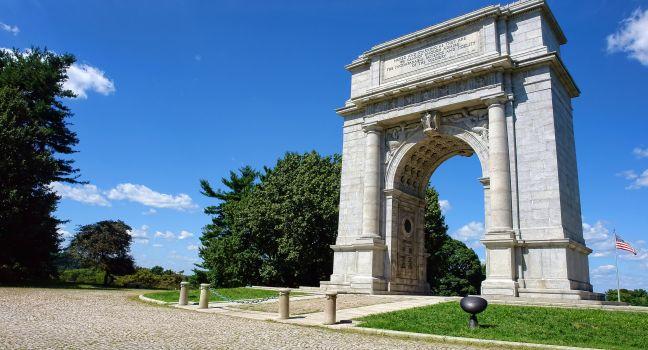Brandywine River Museum
In a converted Civil War–era gristmill, the Brandywine River Museum contains the art of Chadds Ford native Andrew Wyeth, a major American realist painter, as well as his father, N. C. Wyeth, illustrator of many children's classics; and his son, Jamie. The collection also emphasizes still lifes, landscape paintings, and American illustration, with works by such artists as Howard Pyle and Maxfield Parrish. The glass-wall lobby overlooks the river and countryside that inspired artists from the area. The museum uses a system of filters, baffles, and blinds to direct natural light. Outside the museum, you can visit its wildflower and native plant gardens and follow a 1-mile nature trail along the river.
The N. C. Wyeth House and Studio, where N. C. painted and raised his children, is open part of the year. The 1911 home, set on a hill, holds many of the props N. C. used in creating his illustrations. His daughter, Carolyn, lived and painted here until 1994. You can also tour the Kuerner Farm, a mile away. Andrew discovered it on a walk when he was 15; he used the farm's landscape, buildings, and animals as the subjects of many of his best-known paintings. A shuttle takes you from the museum to the house and studio or to the farm for an hour-long guided tour.




